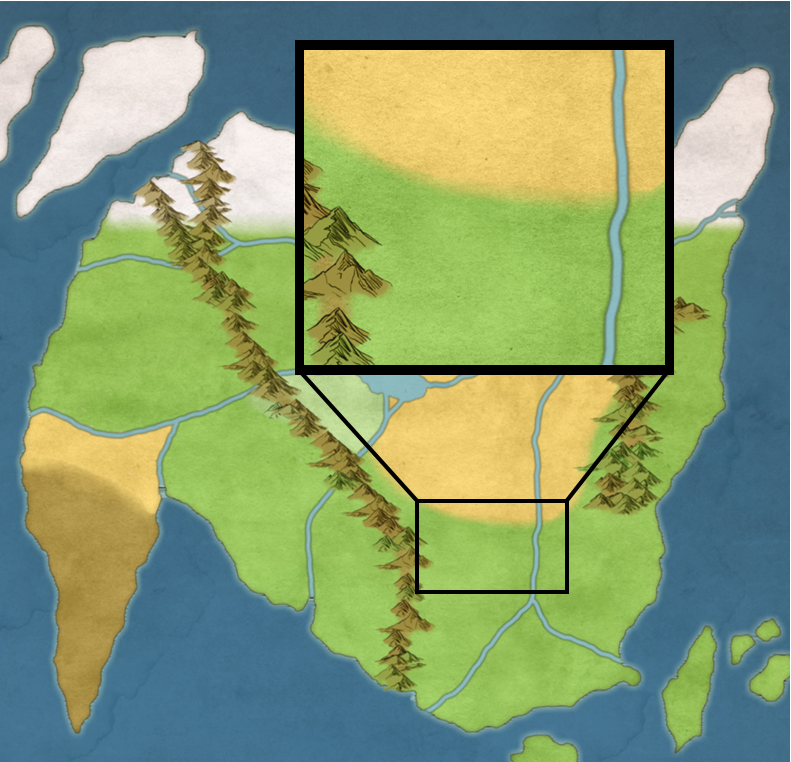War of the Giant Camellia
War of the Mousefolk
The Conflict
Prelude
The Mousefolk were a race centuries old, having called the Little Greenwood home since they joined the other races on Isekai. Due to their small size and gentile nature, the mouse-like people kept to themselves, living an invisible existence in the fields of giant flowers that graced the edges of the forest. Their duties were to tend and cultivate these fields, serving as shepherds of the insects and animals that pollinated the flowers and allowed the flora of the area to grow in size beyond all else. Many of their villages were hidden in the waves of giant camellia blossoms, beneath the heavy petals of whites, pinks, and reds. Goblins were pillagers, even more so than the Orcs of the Moorlands. The giant and stout plants of the Little Greenwood brought hefty prices across Vóreios if taken to the right buyer. Droves of Goblins had come over the last few years and had cut some of the plants, taking what they could, but when their forces were exhausted from the endeavor, the creatures had taken to burning the edges of the forest, salting the earth, and leaving the once thriving edge of the forest as another Deadzone on the Northern Continent. The cutting of the plants could be tolerated. The Goblins never took more than the Mousefolk could cultivate in the following months. For three years, the cycle of cutting and regrowth continued and the home of the Mousefolk continued to flourish. When the cycle changed to fire and salt, the gentile folk could no longer find tolerance. This was an affront to their livelihood and the duties bestowed upon them by the gods. The gentile folk of the forest would go to war to save their forest.




I love how you've used map layers to show the different battles. Such a good idea! I was really afraid for the mousefolk at the beginning of the article, but wow! They did so well. Poor battle insects though. :( I also really like that this was how the thing that introduced mousefolk to the wider world.